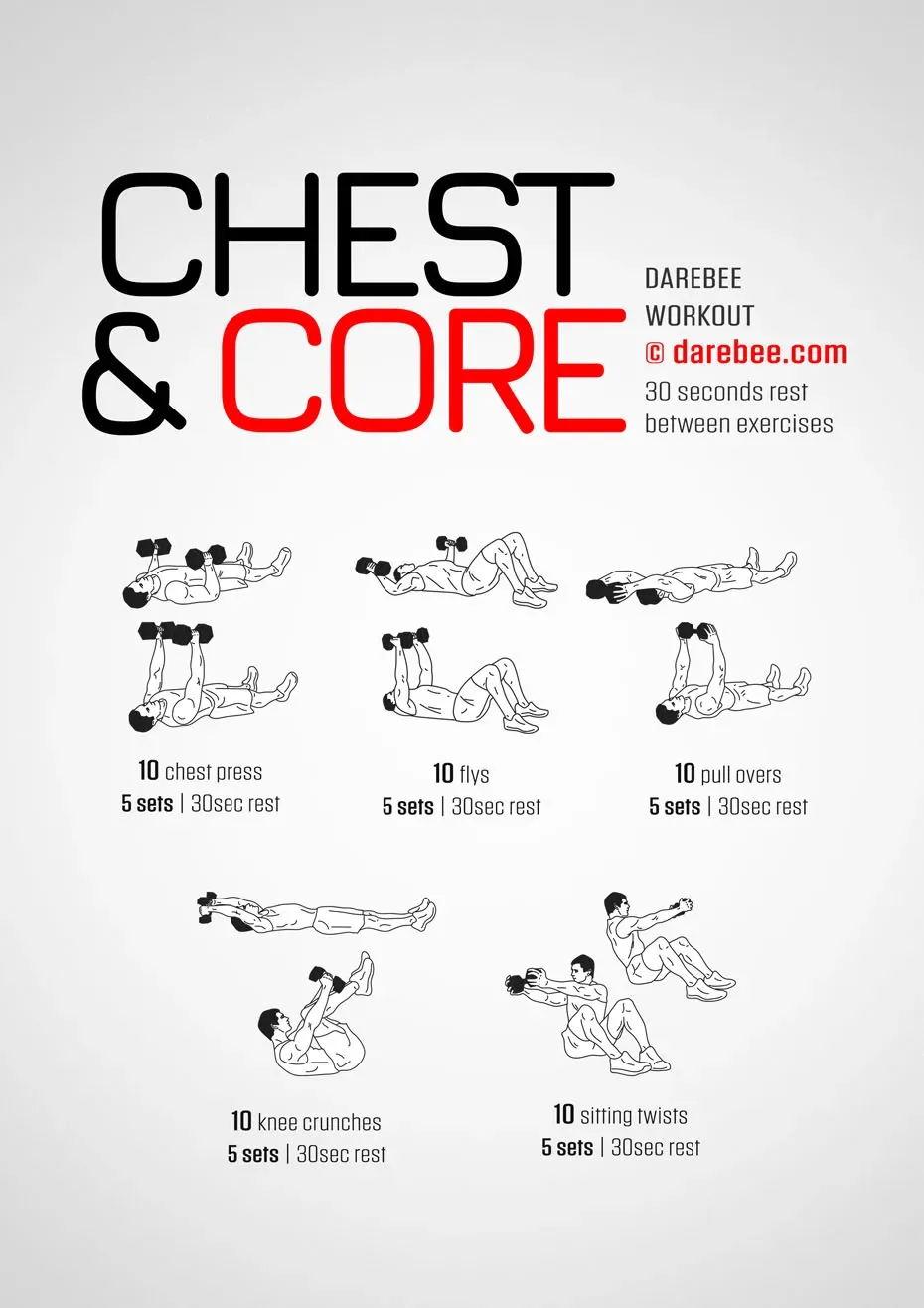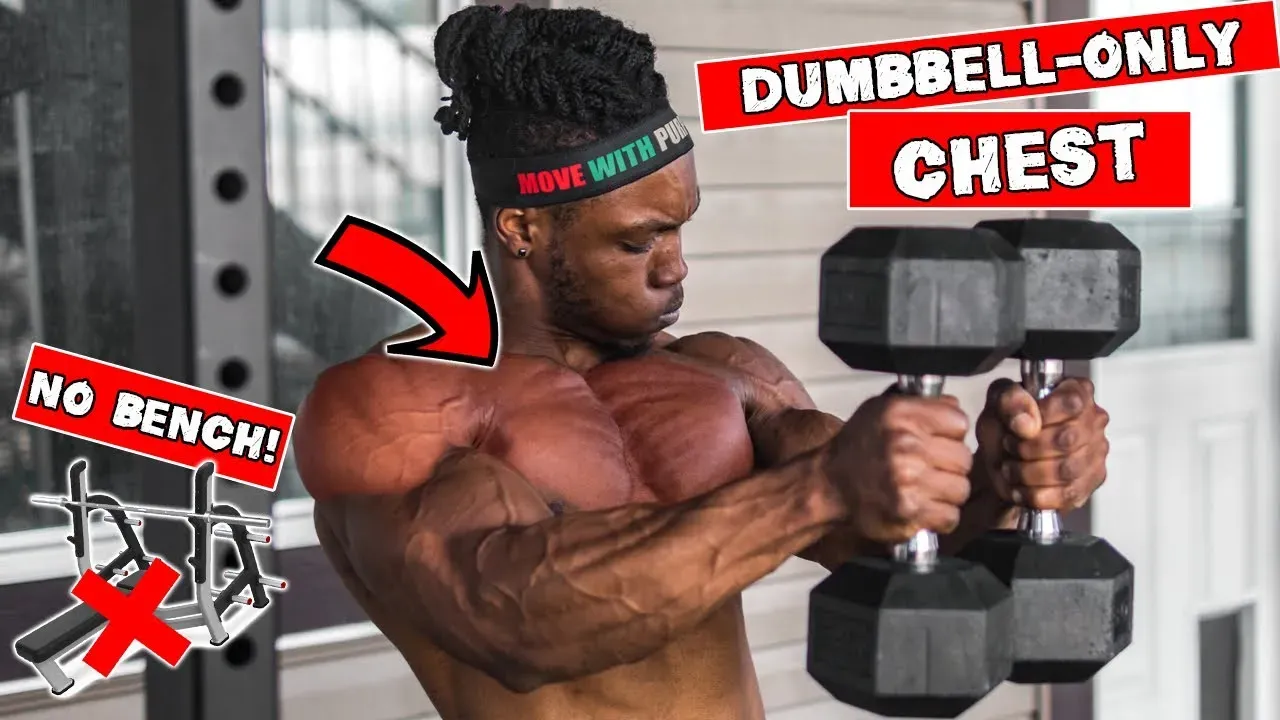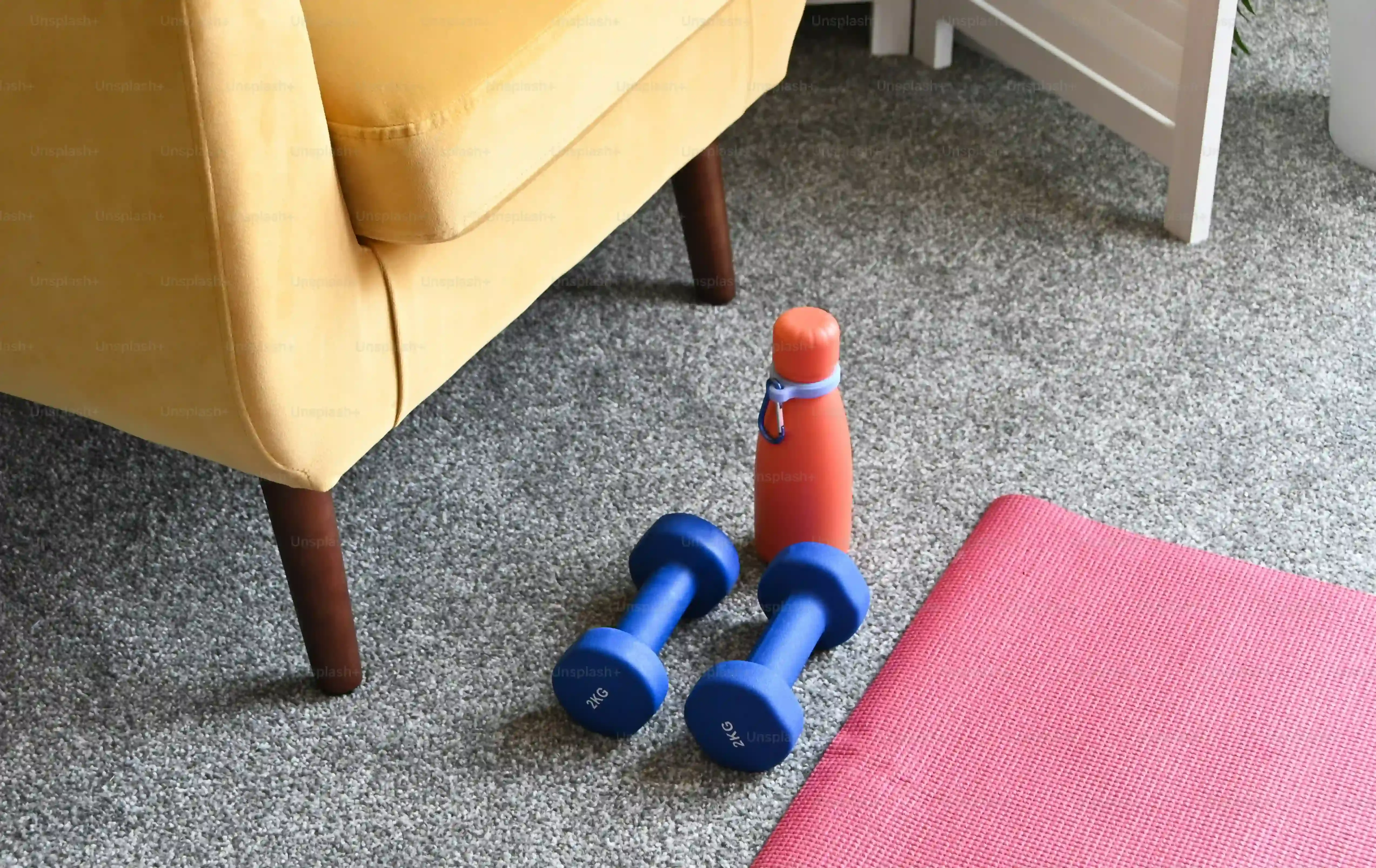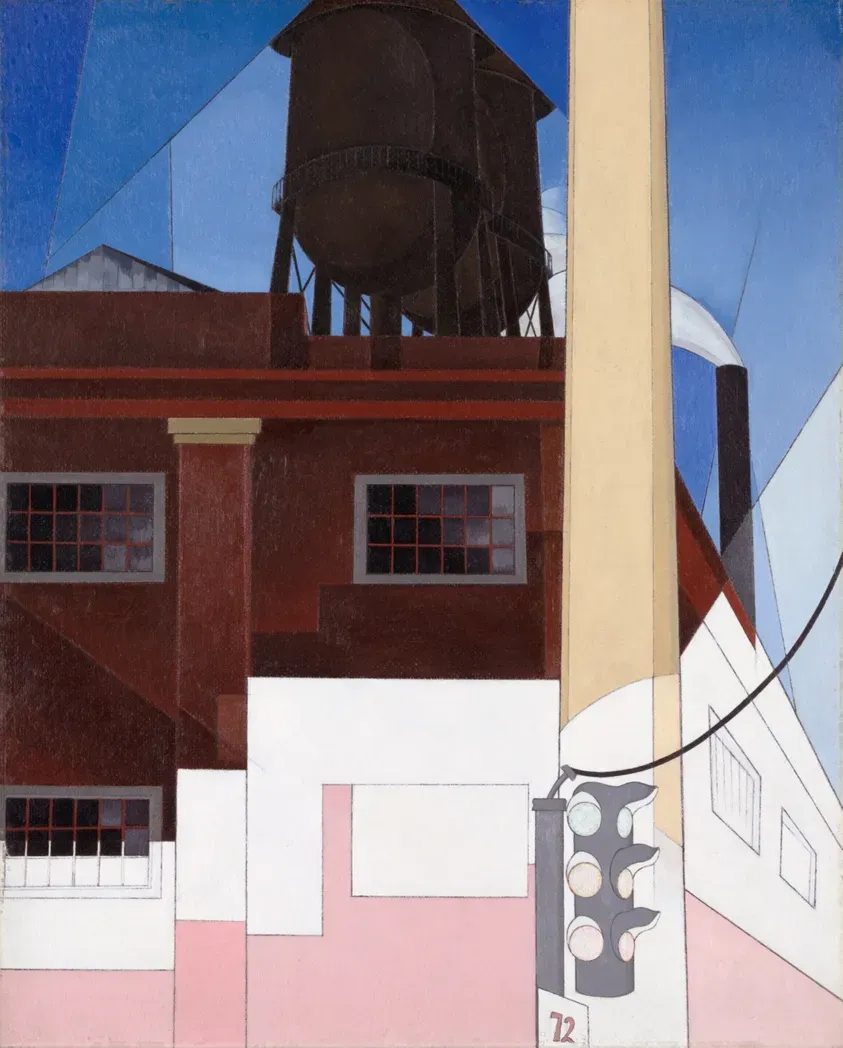Table of Contents
Gym memberships gathering dust? Schedule too packed to make the commute? You still want that feeling of a solid chest workout, something that actually makes a difference. Forget the excuses; an effective at home chest workout with dumbbells is well within reach. You don't need fancy machines or a dedicated weight room to build strength and size.
Why Your At Home Chest Workout with Dumbbells Might Be Falling Flat

Why Your At Home Chest Workout with Dumbbells Might Be Falling Flat
Are You Just Going Through the Motions?
Let's be honest. You grab the dumbbells, maybe lie on the floor, and start pressing. But is it challenging? Are you pushing yourself near the end of your sets? A common reason your at home chest workout with dumbbells isn't delivering results is a simple lack of intensity. Muscle growth, or hypertrophy, happens when you challenge the muscle fibers beyond their normal capacity. If you can easily pump out 15-20 reps without feeling a significant burn or struggle towards the end, you're likely not providing enough stimulus for change.
Simply moving the weight from point A to point B isn't enough. You need to focus on the contraction and stretch in your chest muscles. Are you controlling the weight on the way down (the eccentric phase)? Are you pausing slightly at the bottom, feeling the stretch, and then powerfully contracting to lift the weight back up? Skipping this controlled movement and just lifting the weight quickly eliminates much of the tension your chest should be experiencing. This isn't just about lifting; it's about working the muscle.
Wrong Exercises or No Real Plan?
Another pitfall for many tackling an at home chest workout with dumbbells is poor exercise selection or a complete absence of a structured plan. Just doing flat dumbbell presses over and over won't hit all the muscle fibers effectively. The chest, or pectoralis major, is a large muscle with different heads (clavicular, sternal, and costal) that respond best to varying angles and movements. If you only do flat presses, you're neglecting the upper or lower portions.
Beyond exercise choice, consistency and progression matter. Are you tracking your workouts? Do you know if you lifted more weight or did more reps this week than last? Without a plan to gradually increase the difficulty – lifting slightly heavier dumbbells, doing an extra rep or two, or adding another set – your muscles have no reason to adapt and grow. They've already handled that load or volume before. Stagnation is the enemy of progress in your at home chest workout with dumbbells.
- Lack of sufficient weight or resistance.
- Ignoring proper form and muscle connection.
- Failing to incorporate varied angles (incline, decline).
- Not consistently increasing reps, sets, or weight.
- Skipping warm-up or cool-down routines.
The Essential Moves for Your At Home Chest Workout with Dumbbells

The Essential Moves for Your At Home Chest Workout with Dumbbells
The Humble Flat Dumbbell Press: Still the King?
Look, you can't talk about an at home chest workout with dumbbells and not start here. The flat dumbbell press is the bread and butter, the foundation. It works the bulk of your pec muscles. But just because it's simple doesn't mean you can phone it in. Lying on the floor or a bench, grip the dumbbells, lower them slowly and with control until your elbows are roughly level with your shoulders, maybe a bit lower if your shoulders allow without pain. Then, press them straight up, squeezing your chest hard at the top. Don't let your elbows flare out like a scared chicken; keep them tucked slightly. Thinking about bringing your biceps towards your chest can help you feel it where you should.
Too many people treat this like an arm exercise, just moving the weight up and down. The goal is to make your chest do the work. If your shoulders or triceps are burning out way before your chest feels anything, your form is off. Lower the weight and focus on that mind-muscle connection people drone on about – because it actually matters here. Picture the muscle fibers shortening as you press. It sounds a bit woo-woo, but it works better than just hoisting metal.
Hitting the Angles: Incline for Upper Pecs
Your chest isn't one flat sheet of muscle. The upper part, the clavicular head, often gets neglected if you only do flat work. This is where the incline dumbbell press comes in. If you have an adjustable bench, great. Set it to a moderate incline, maybe 30-45 degrees. If you're on the floor, you can get creative. Prop yourself up on some sturdy pillows or cushions, or even the edge of a couch if it's stable enough, to create that angle. The movement is similar to the flat press, but the angle shifts the emphasis upwards.
Getting this angle right is key to building that full, rounded look to your chest. It’s not just about aesthetics; a balanced chest is a stronger chest. Don't go too steep with the incline, or you'll turn it into a shoulder workout. Find that sweet spot where you really feel it in the upper part of your chest as you press the dumbbells up. It might feel a little weaker than your flat press initially, and that's normal.
- Keep your shoulders down and back, away from your ears.
- Control the weight on the lowering (eccentric) phase.
- Pause briefly at the bottom to feel the stretch.
- Squeeze your chest at the top of the movement.
- Don't bounce the weight off your chest.
Finishing Touches: Flyes and Decline
Beyond presses, dumbbell flyes offer a different stimulus. While presses are primarily pushing movements, flyes focus more on bringing the arms across the body, emphasizing the stretch and squeeze at the inner part of the chest. Lie flat or on an incline, hold the dumbbells with a slight bend in your elbows, and lower them out to the sides in an arc, feeling a stretch across your chest. Then, bring them back up in the same arc, imagining you're hugging a barrel. Don't let your arms go straight; keep that slight bend to protect your elbows. This movement is about control and stretch, not lifting heavy weight.
If you can safely replicate a decline angle (harder to do at home without equipment, but sometimes achievable with creative propping), decline dumbbell presses can target the lower chest fibers. However, for most at home chest workouts with dumbbells, focusing on flat and incline presses, plus flyes, will cover the essential bases effectively. Variety keeps the muscles guessing and ensures you're hitting the chest from multiple angles, leading to more complete development.
Building a Routine: Structuring Your At Home Chest Workout with Dumbbells

Building a Routine: Structuring Your At Home Chest Workout with Dumbbells
so you've got the exercises down – the presses, the flyes, hitting those angles. But how do you actually put it all together into something that makes sense and gets you results? It's not just about doing random sets whenever you feel like it. A solid at home chest workout with dumbbells needs structure. Think about frequency; hitting chest 2-3 times a week with adequate rest in between is a good starting point for most people. On those workout days, decide which exercises you'll do and in what order. Many people start with the compound movements like presses when they're freshest, then move to isolation work like flyes. How many sets and reps? For muscle growth, aiming for 3-4 sets per exercise in the 8-15 rep range is standard. The key is choosing a weight that makes the last few reps challenging, but where you can still maintain good form. Don't just pick a number; pick a challenge.
Common Mistakes Sabotaging Your At Home Chest Workout with Dumbbells

Common Mistakes Sabotaging Your At Home Chest Workout with Dumbbells
Ignoring the Mind-Muscle Connection
Ever watch someone lifting and it looks like they're just flailing the weights around? They're probably making a classic error in their at home chest workout with dumbbells: ignoring the mind-muscle connection. It sounds a bit airy-fairy, I know, but it's crucial. If you're not actively thinking about squeezing your chest muscles as you press or fly, other muscles – like your shoulders and triceps – will take over. This means your chest isn't getting the primary stimulus it needs to grow.
Think of it like this: your brain needs to tell your chest, "Hey, you! You're doing the work here!" It’s not just about moving the weight from point A to point B; it's about *feeling* the muscle contract and stretch through the full range of motion. If you finish a set of dumbbell presses and your triceps are screaming but your chest feels fine, you messed up. Drop the weight, slow down, and focus on making your chest do the heavy lifting.
Skipping Progressive Overload (or How to Stay Exactly the Same)
Another surefire way to sabotage your at home chest workout with dumbbells is failing to implement progressive overload. This is fitness jargon for a simple concept: you have to make things harder over time. Your muscles adapt quickly. If you lift the same weight for the same number of reps week after week, your body sees no reason to get stronger or bigger. It's already comfortable with that load.
Progression doesn't always mean grabbing heavier dumbbells, though that's one way. It could mean doing more reps with the same weight, adding an extra set, decreasing rest time between sets, or improving your form to make the exercise more challenging for the target muscle. If your routine looks identical to what you were doing two months ago, don't be surprised if your chest development has stalled. Stagnation isn't a strategy for growth.
What's one simple way to ensure you're progressing?
- Track your workouts. Write down the weight, reps, and sets for each exercise.
- Aim to beat your numbers from the previous week or session.
- If you can easily hit your target reps, it's time to increase the weight slightly.
- If you don't have heavier weights, try doing more reps or slowing down the tempo to increase time under tension.
- Consider adding a pause at the bottom or top of the movement for extra challenge.
Making Your Dumbbell Chest Workout Stick
So, you've seen that an at home chest workout with dumbbells isn't just a makeshift solution; it's a legitimate way to build serious chest strength and size if you approach it correctly. It's about more than just picking up weights; it's about execution, consistency, and avoiding the common pitfalls that leave many frustrated. By focusing on proper form, selecting the right exercises, and structuring your routine logically, you can turn a few pieces of equipment into a powerful tool for sculpting your chest without ever stepping foot in a crowded gym. Now, the only thing left is to actually do the work.
